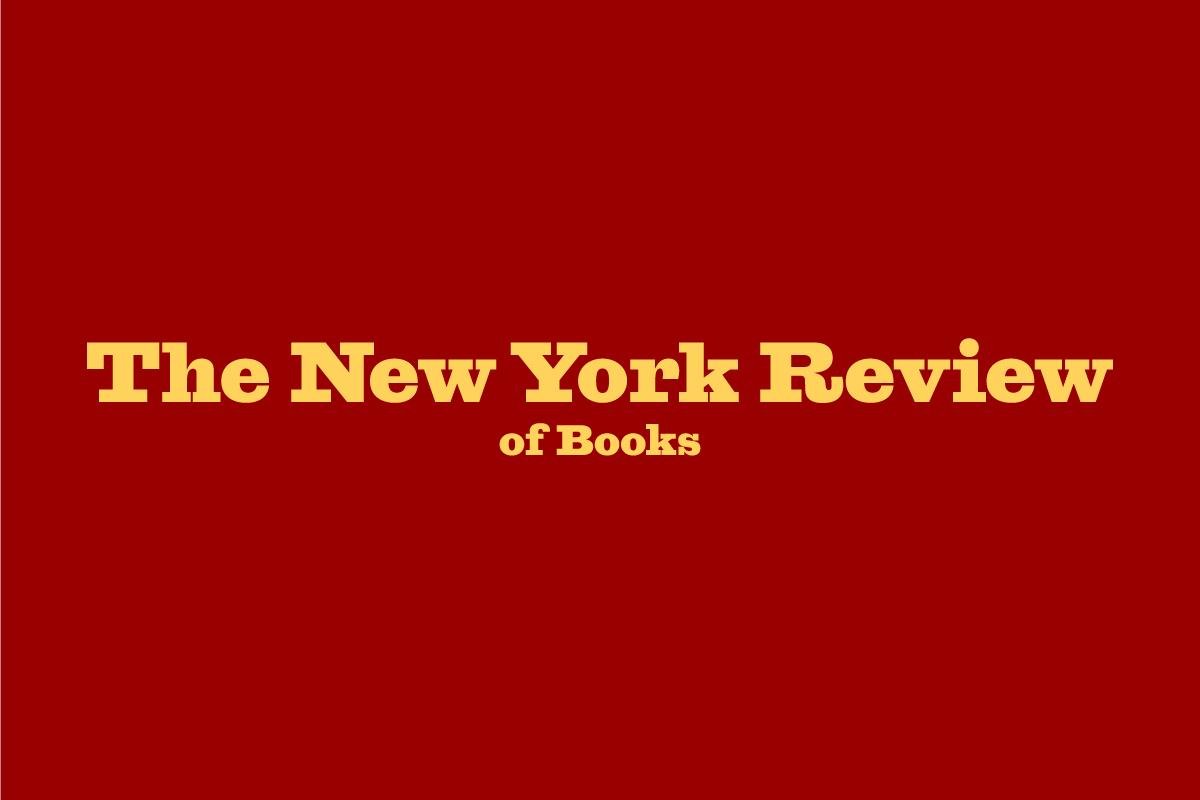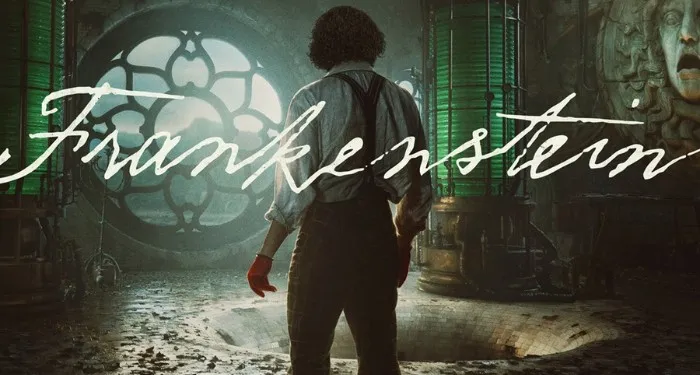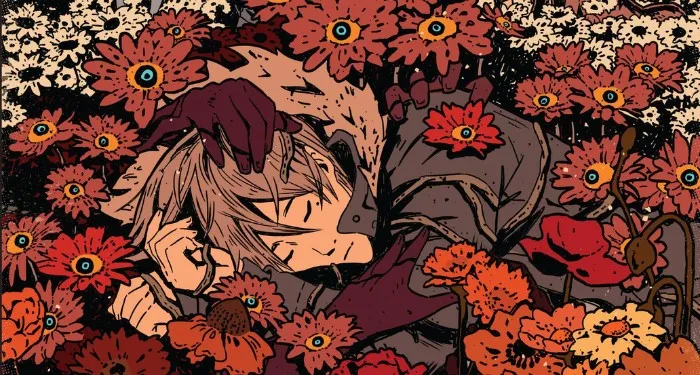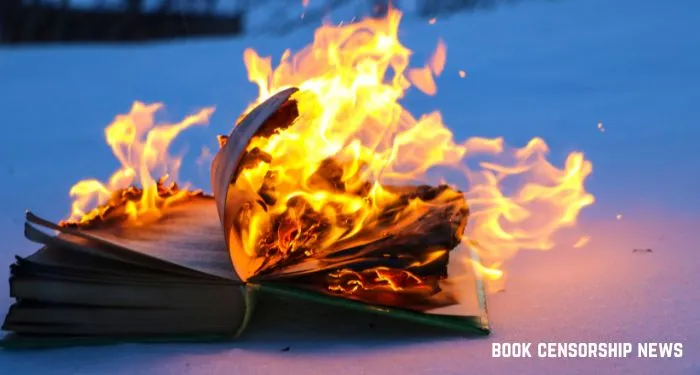Kelly is a former librarian and a long-time blogger at STACKED. She's the editor/author of (DON'T) CALL ME CRAZY: 33 VOICES START THE CONVERSATION ABOUT MENTAL HEALTH and the editor/author of HERE WE ARE: FEMINISM FOR THE REAL WORLD. Her next book, BODY TALK, will publish in Fall 2020. Follow her on Instagram @heykellyjensen.
So what does the latest report find? Starting at the top level, PEN found that since 2021, nearly 23,000 titles have been banned across 45 states and 451 public school districts.

Only five states have not recorded book bans since 2021–Connecticut, Delaware, Nevada, New Mexico, and Hawaii. That does not mean books have not been banned in those states. Rather, there are no records or reports of bans occurring in them. Of those five states, Connecticut and Delaware have anti-book ban laws, both of which were passed in the last year. Nevada and New Mexico have attempted to pass similar legislation.
Literary Activism
News you can use plus tips and tools for the fight against censorship and other bookish activism!
In the 2024-2025 school year, there were 6,870 book bans across 23 states and 87 public school districts. These bans affected 3,752 unique book titles.
While these numbers represent a decrease in book bans since the prior school year, that’s not because book bans are decreasing. The decrease highlights the challenges of data being recorded and reported–something that has been at the heart of why book bans have thrived in this era.

“The amount of titles reported either in public reporting or by partners or even reported to organizations tracking censorship, is but a fraction of what book censorship is happening in schools right now. It is constrained by the likelihood of on-the-ground reporters on the school board beat for local newspapers, by the absence of newspaper attention at a state level–nearly all of the book bans in Iowa in 2023-2024 were identified by the Des Moines Register’s research, for example–and by the nature of the bans themselves,” explained Sabrina Baeta, Senior Manager of PEN America’s Freedom to Read Program. “If a school district pulls titles as a result of administrative review based on fear of compliance with a state law or new policy directive from their board, these are not necessarily recorded as book challenges under the traditional policies and procedures.”
The death of local news–including the shuttering of a chain of local papers in August 2025–has been one of the key drivers of book bans in this era.
One bit of positive news amid this data, though, is that school districts aren’t banning books without pushback. Seventy of the 87 districts who removed books last school year had evidence of a response, either from individuals, organized groups, or the entire community.
“This is significant. Book bans are not popular. And when communities speak up – it matters. It’s not a magic wand restoring books to shelves, but people in communities across the country are fighting for their right to read,” Baeta said.
The top targets of book bans during the 2024-2025 school year have shifted since the prior year as well. This year’s top five banned books are:
- A Clockwork Orange by Anthony Burgess, banned in 23 school districts
- Breathless by Jennifer Niven, banned in 20 districts
- Sold by Patricia McCormick, banned in 20 districts
- Last Night at the Telegraph Club by Malinda Lo, banned in 19 districts
- A Court of Mist and Fury by Sarah J. Maas, banned in 18 districts.
Four additional books were each banned in 17 districts nationwide, including Crank by Ellen Hopkins, Forever by Judy Blume, The Perks of Being a Wallflower by Stephen Chbosky, and Wicked by Gregory Maguire.

Taken together, these nine most banned books in the 2024-2025 school year represent an average publication date of 1999, meaning that the books are on average 25 years old. Most have been on shelves long before today’s young people were even born, let alone in schools.
Last Night at the Telegraph Club, A Court of Mist and Fury, and The Perks of Being a Wallflower were titles banned in every public school across South Carolina (and Crank is only available to students with parental permission), while A Court of Mist and Fury and Forever are banned statewide in Utah. Yes, that specific Maas title is banned from all public schools in two different states.
Book bans affected 2,308 authors, 243 illustrators and 38 translators in the 2024-2025 school year. This year’s most banned authors–those who have seen multiple titles banned in schools nationwide–are different from those in previous reports. The top five most banned authors this year are:
- Stephen King, with 206 instances of his books being banned
- Ellen Hopkins, with 167 instances of her books being banned
- Sarah J. Maas, with 162 instances of her books being banned
- Jodi Picoult, at 62 instances of her books being banned
- Yusei Matsui, with 54 instances of his books being banned.
Other top-banned authors include Elana K. Arnold, P.C. and Kristin Cast, Atsushi Ohkubo, Lauren Myracle, and Laurie Halse Anderson.

King’s appearance at the top of the list led the author to post to social media prior to the publication of PEN’s report to express his feelings–and promote his own work as worthy of being picked up to see “what all the pissing and moaning is about.” Many who have been working on the ground and in the anti-book ban space for years have criticized King for his flippant response to book bans prior to his own emergence on such lists during this era. Where he had an opportunity to be a loud, far-reaching advocate on tactics that would help reduce book bans in schools, he instead chose to frame book bans as something that would simply drive kids to go buy the books being pulled. It misses the point, and it overlooks that the vast majority of works being banned are by or about marginalized creators.
Manga creator Matsui is also among the top banned creators. His serial work, Assassination Classroom, was a favorite target among Moms for Liberty members, and it continues to see various values banned at schools nationwide. Ohkubo, creator of the manga Soul Eater and Fire Force, also cracked the list. This is the first time manga has earned this distinction in a PEN report, but it is likely far from the last.
“Manga continues to play a significant role in the books being removed for review in districts, particularly in Tennessee,” said Baeta. “One reason for this is that state or local policy specifically names “depictions of” specific subjects as being banned or otherwise targeting illustrations.”
Florida led the nation in the number of books banned, recording 2,304 in the 2024-2025 school year. This is due to laws and regulations about content in books passed at the state level. It’s also no doubt thanks to the tireless work of groups like the Florida Freedom to Read Project, who has been at the forefront of advocacy for years. The group has remained committed to ensuring access to materials in schools across the state and has been tirelessly tracking the titles and locations of bans.
Texas comes in second for most banned books at 1,781, and Tennessee comes in third, at 1,622. Again, it is crucial to emphasize here that this data is based on records and reports. While these three states recorded the highest number of bans in the last school year, these are also three states with the most publicly-available records of banned books.

PEN provides more insight into trends and tactics related to books bans in their full report, “The Normalization of Book Banning.” The data, as well as the links to further readings and stories of bans in various places throughout the country, are important not just to get a sense of the scope of the problem. This information directly informs the actions that anyone can take when it comes to protecting the right to read in your own back yard.
“[I]t’s time to get local and get vocal. If you see cases of censorship in your public schools and libraries, speak up for the books being attacked,” explained Baeta. “This is particularly important for books that are commonly targeted by book banners, such as stories of and by LGBTQ and BIPOC people.”
But protecting the right to read and ensuring access to diverse books in public spaces is something that can and should be proactive, rather than reactive. Baeta notes that readers can thank librarians for having diverse and inclusive collections, requesting diverse titles for inclusion in those libraries, and speaking up about how essential it is that this literature be available in schools for today’s young people.
Those who believe in the right to read and access literature should also be proactive in contacting their representatives.
“It’s also important that your elected leaders hear you. One way to do this is to call your memes of Congress and state leaders to ask them to protect the freedom to read in your state,” said Baeta. “It’s also essential to educate yourself on local elections, particularly for roles with decision-making power over critical institutions like libraries and public schools.”
Again and again, reports like these underscore that there is no pride in being banned if you’re an author, as book bans mean one thing and one thing only: young people lose access to materials that open up the world to them.
No, they’re not running to the bookstores to buy the books taken from their school shelves. They don’t have the money, time, nor capacity to do that.
No, they’re not running to their libraries to borrow these books because the allure of a book being banned makes their desire to read the material higher.
Young people are actively being pushed out of the library and they’re smart enough to understand that their personal reading choices–not to mention their own identities–are grist for the mill of local partisan sycophants.

















 English (US) ·
English (US) ·